Language
You can read the magazine in one of the following languages
Geolocation
You can read the global content or the content from your region

When you think of leadership in the military, most people imagine a senior officer giving orders that everyone just follows.
“The truth of the matter is that’s not how things work,” says retired United States Navy veteran Walter ‘Ted’ Carter.
The military, he argues, is much more collaborative than that stereotype.
“Having been involved in flying fighter jets and operating off aircraft carriers, I know what teamwork looks like and what it means to empower leaders to be effective,” he reveals.
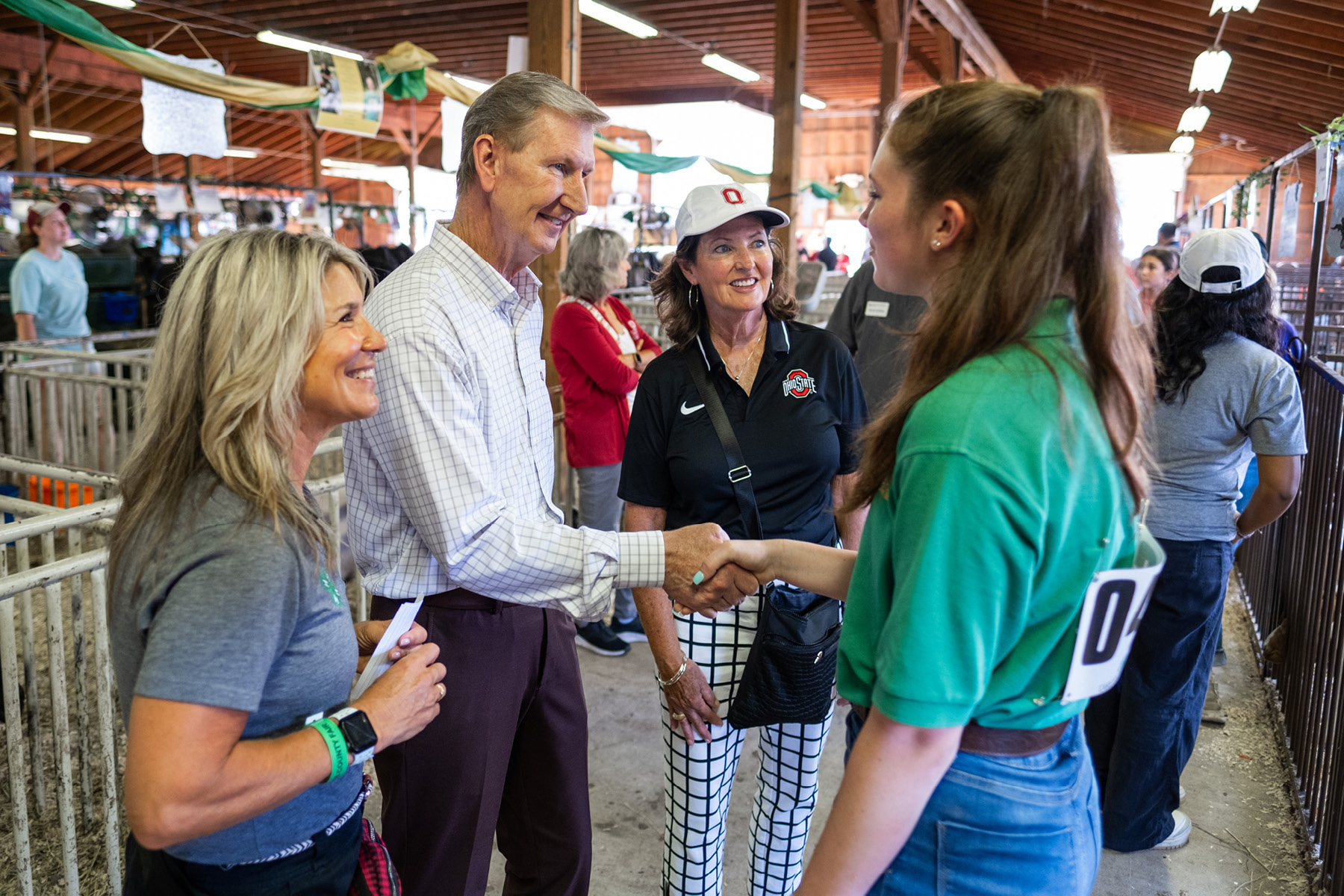
“A university like Ohio State, as a land-grant, R1 university, is the future of higher education.”
It also means that when civilian life came knocking, after a career spanning 38 years in the Navy (including as a three-star admiral for 11 years), no tweaks were required to his leadership style as he stepped out of his uniform.
“I believe in strong teams and empowering others to be the best they can be, in giving credit to others when they deserve it,” he says.
“I believe that leaders shouldn’t take credit when something goes well, but they should stand up and take responsibility when things are not going so well. The basics of my leadership background have remained constant.”
As he approached his retirement from the military in 2019, Carter knew that he wanted to stay in academia – a space where he had found his calling as Superintendent of the United States Naval Academy and, prior to that, President of the United States Naval War College.
After four years as President of the University of Nebraska System, where he guided the institution through the COVID-19 pandemic and built a strategy centered around affordability, accessibility and student success, he was recruited by The Ohio State University to become its 17th president, a title he assumed on 1 January, 2024.

“I will admit, I was reluctant at first to take on that responsibility,” he says. “But the more that I saw how serious they were about it, and knowing that higher education was coming under fire for everything from the price tag to return on investment, the more I realized that a university like Ohio State, as a land-grant, R1 university, is the future of higher education.”
The move to Ohio State, he reasoned, would offer a bigger mouthpiece for the purpose of higher education.
“I’m really pleased I took that up,” he says with a smile.
With more than 65,000 students (of which nine percent are international) spread across a sprawling campus in Columbus, four regional campuses in Lima, Mansfield, Marion and Newark, an Agricultural Technical Institute in Wooster, as well as a research arm, Ohio State ranks first among Ohio public schools and 15th of all public schools nationally, according to U.S. News and World Report’s America’s Best Colleges 2025.
The school is the state’s only flagship university, while also a land-grant, sea-grant and space-grant institution, allowing for collaboration with relevant industries to foster innovation. Founded in 1870, it offers over 200 undergraduate majors, as well as 102 doctoral programs and 127 master’s programs across 15 colleges.
“We own 1,300 structures for academics, from farms to ranches to land – just our campuses alone are more than 15,000 acres [6,000 hectares] ,” Carter explains. “That size, scale and scope allows us to do some things that other institutions just can’t,” he says.
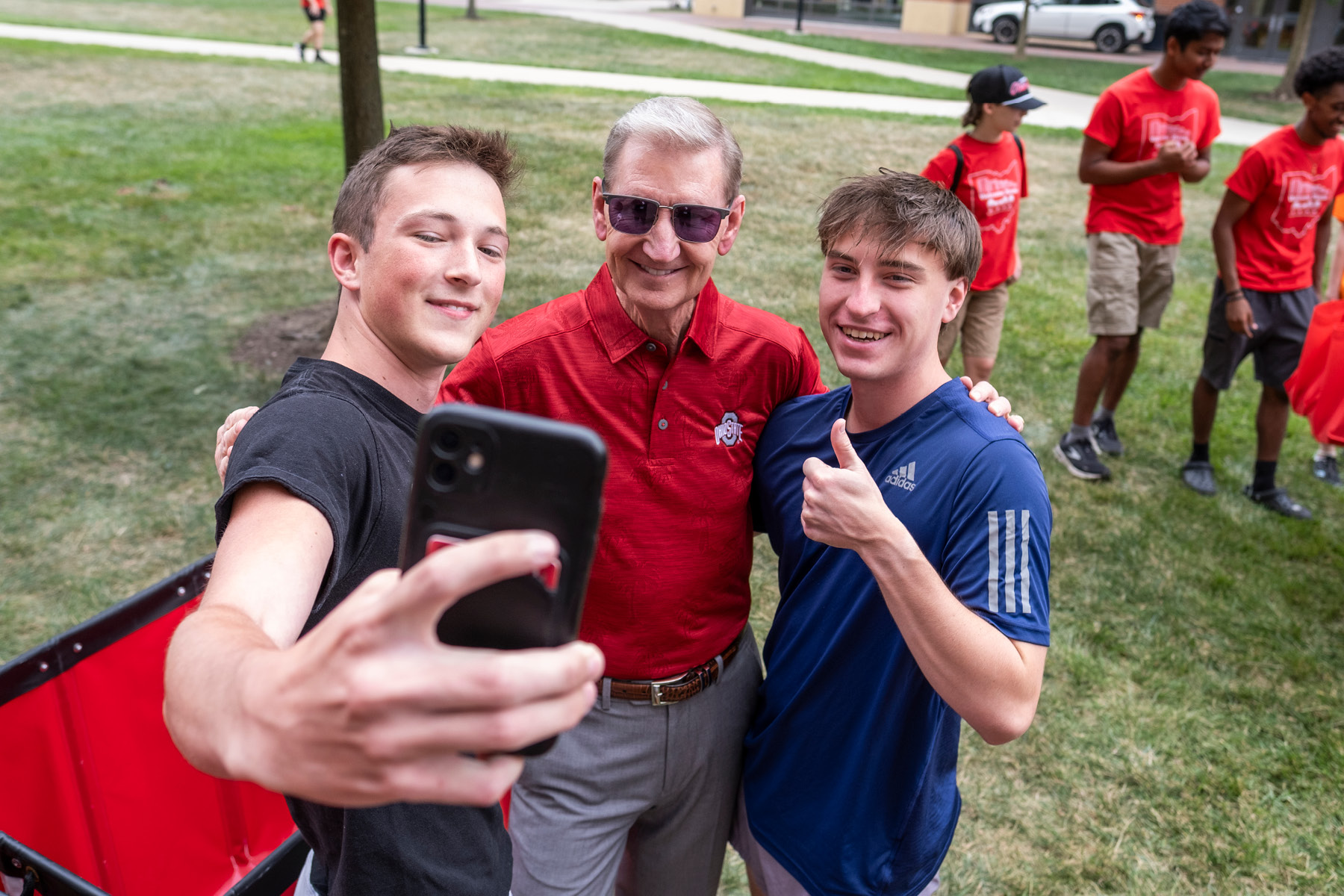
“That size, scale and scope allows us to do some things that other institutions just can’t.”
In the last two years, the university’s academic research profile has grown 15 percent.
“We bring in about US$1.45 billion in total research dollars,” he explains, adding that this places it 11th among all universities in research expenditures, according to the National Science Foundation’s annual Higher Education Research and Development survey rankings.
Beyond the numbers, Carter knows what matters is the type of research being undertaken, the type of impact being created and taking concepts from the idea stage through to developing products and even patents.
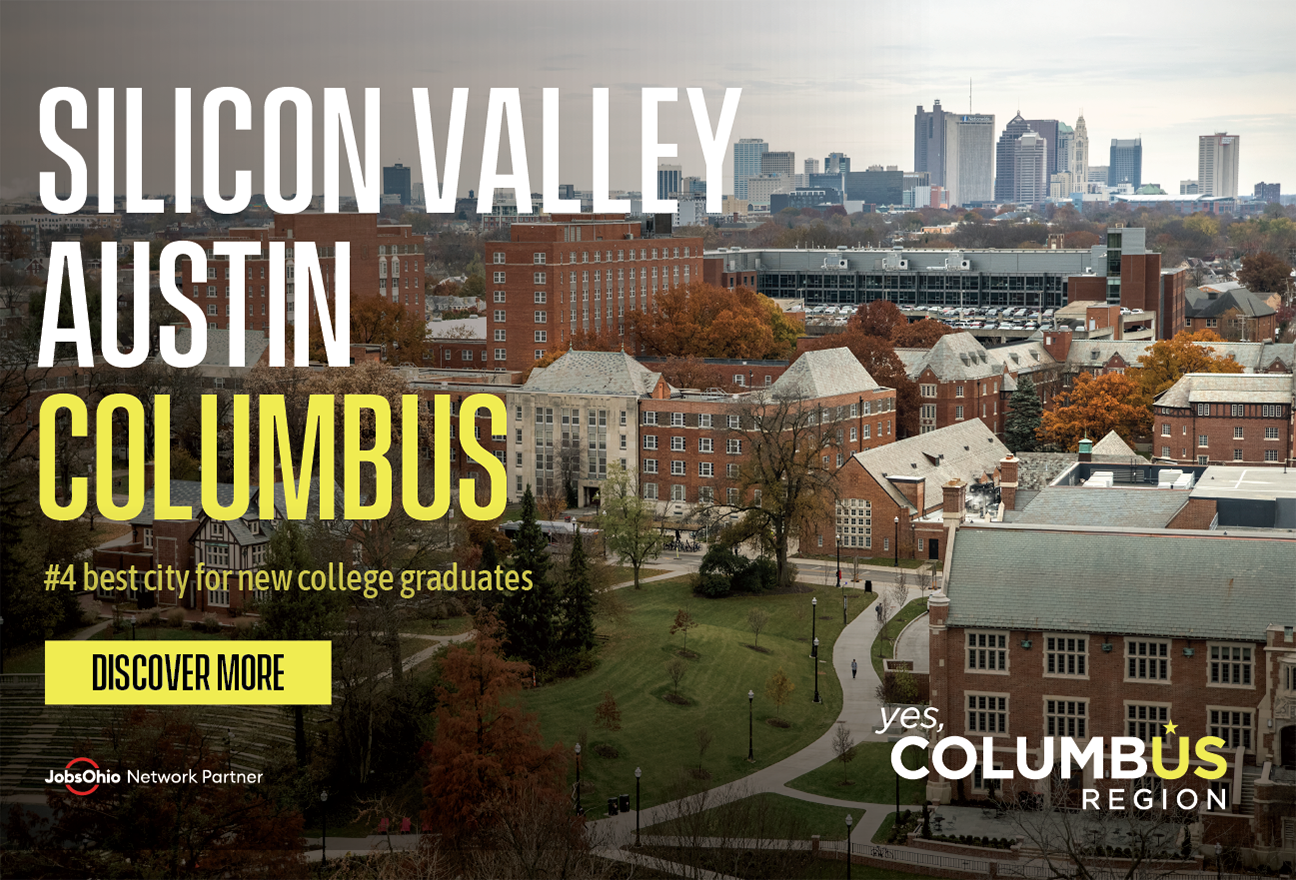
“Those are what can really enhance people’s lives and even save lives, particularly when it comes to the research being done in the medical field and cancer research,” he says.
But the flip side to opportunity is responsibility.
“Knowing that we have this tremendous resource also comes with a responsibility that we can deliver the type of academic rigor and the types of graduates that are ready to be good citizens for the state of Ohio,” Carter adds.
Of the approximately 18,000 graduates the university produces annually, 70 percent of them remain in Ohio once they graduate from Ohio State to make roots in a state that is booming.
In the Columbus region alone, Intel is investing more than US$28 billion in what it calls a ‘mega-site’, two state-of-the-art chip factories spanning nearly 400 hectares. It will join biotech Amgen, which in February this year opened a manufacturing site in Central Ohio. Honda, in a joint venture with LG Energy Solution, has chosen Ohio to build a plant to produce lithium-ion batteries for Honda and Acura EV models and other businesses such as Nationwide and Huntington Bank.
“There is a workforce draw for Ohioans and those that come from out of the state to come here, be educated here and live and work right here in Ohio,” Carter says.
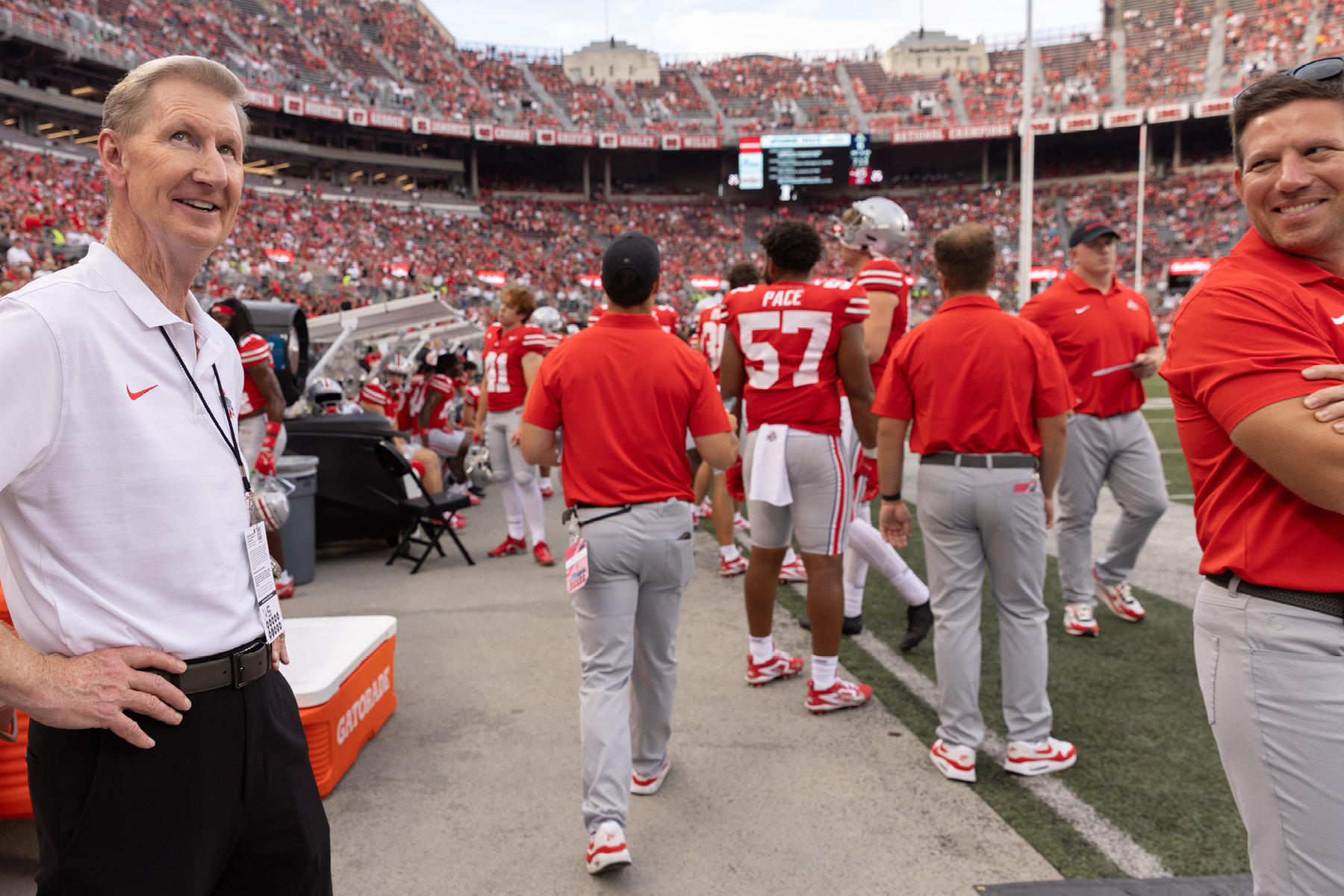
“I believe we can be a leader in higher education, but also research and Division 1 athletics.”
To ensure that the university continues to attract top talent – whether from the student or faculty side – Carter knows that playing to its strengths is the key to future-proofing the university.
“I believe we can be a leader in higher education, but also research and Division 1 athletics,” he affirms.
The Ohio State Buckeyes, as the Department of Athletics (as well as the student body) is known, has 36 varsity teams, over 1,000 student-athletes and revenues of US$280 million in the 2023 financial year. It has long been one of the most comprehensive college athletics programs in the country; among the athletes to have worn scarlet and gray, the university’s colors, are four-time Olympic gold medalist Jesse Owens and golf legend Jack Nicklaus.
Over his navy career, Carter amassed more than 6,300 flight hours, completing combat missions in Iraq, Afghanistan, Kuwait, Bosnia and Kosovo. He is a recipient of the Distinguished Flying Cross for valor in combat, the Bronze Star, and holds the national record for carrier-arrested landings, with over 2,000 safe landings without incident.
In 2022, Carter was honored with the United States Naval Academy Distinguished Graduate Award, the academy’s top accolade recognizing extraordinary leadership and service. This prestigious award has only been given to 110 individuals, including notable figures such as former President Jimmy Carter and former Senator John McCain.
“Growth is fine, but growth just for the purpose of growth doesn’t answer what the future needs to be,” Carter explains. “In terms of the number of student-athletes we have and the number of sports teams that we have, it’s important that our growth has purpose. Purposeful growth is where I would like to see our university go into the future.”
Industry partnerships are also drivers of purposeful growth; among the university’s key partners are JobsOhio, a non-profit private corporation founded to encourage business building in the state, and Columbus Partnership, a non-profit organization with a membership body of CEOs from Columbus’ leading businesses and institutions.
“Partnerships are crucial,” Carter says. “Our campus blends right into the city of Columbus but we are a little bit everywhere in the state of Ohio.”
The state’s businesses want to attract students, the large corporations draw upon the research the university undertakes, and the state’s agricultural community benefits from research and advice spread through its extension offices. More than 12 percent of Ohioans work in agriculture.
“Our community outreach is so big, but that was one of the reasons I was attracted to come here. Ohio State is such a big university that our impact is not only throughout the state, but the entire region.”
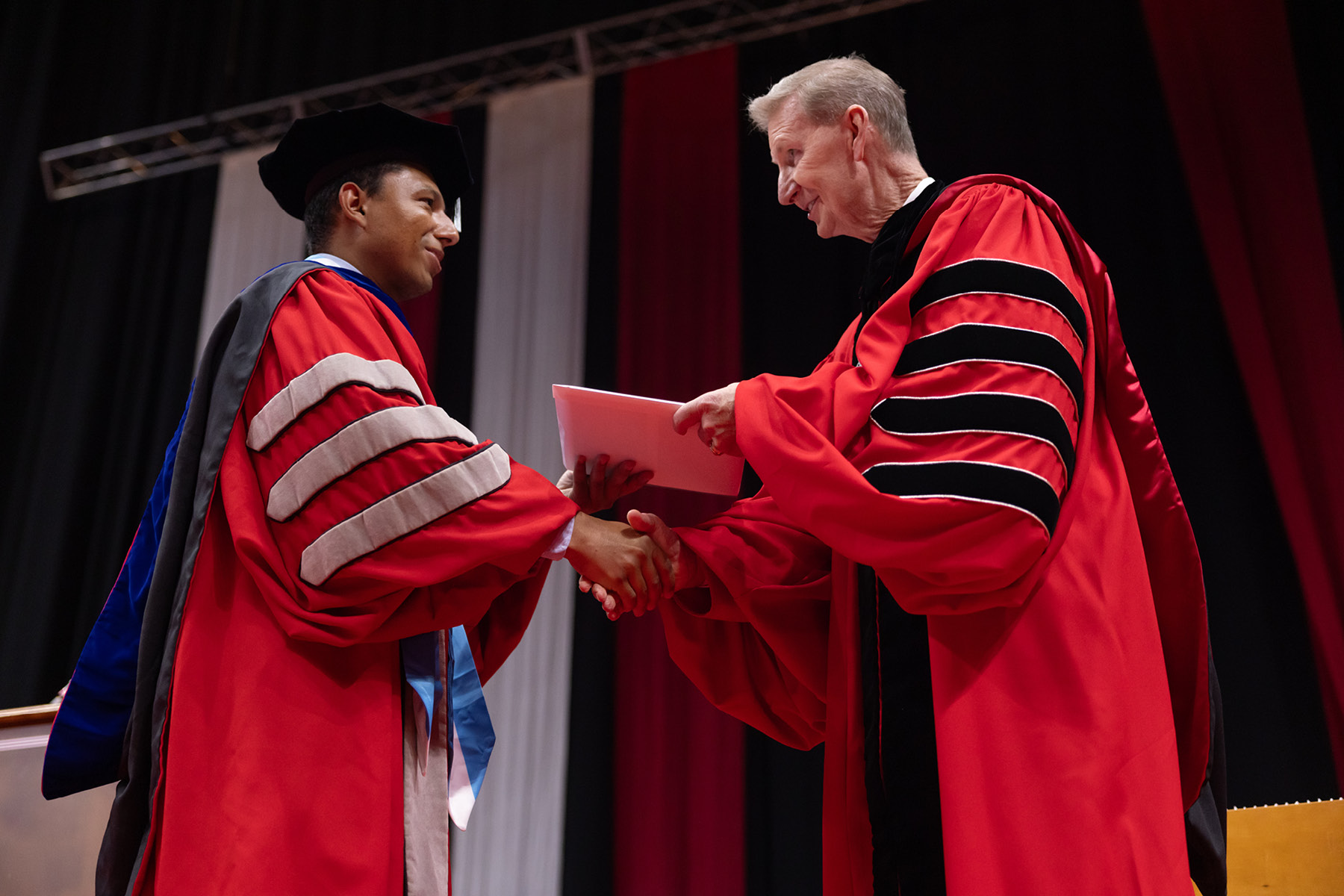
“What we’re trying to do is make a statement about what the future of higher education looks like in this country.”
Impact is certainly what Carter is out to achieve at Ohio State.
“What we’re trying to do is make a statement about what the future of higher education looks like in this country,” he says. “As a land-grant university that dates back to 1870, we have something here for all Ohioans.
“We’re also a highly selective school, meaning that, of the 80,000 applications we took just for this incoming freshman class, there will be just over 9,000 students.”
It will be the largest class in the university’s history, he adds.
When this cohort, like other classes, graduates from Ohio State, they will be ready to be educated citizens for the state of Ohio and for the entire country.
“It’s an exciting place to be,” Carter enthuses. “The learning environment here is better and distinct from just about any other public land-grant university in the country. It’s a great time to be a Buckeye.”